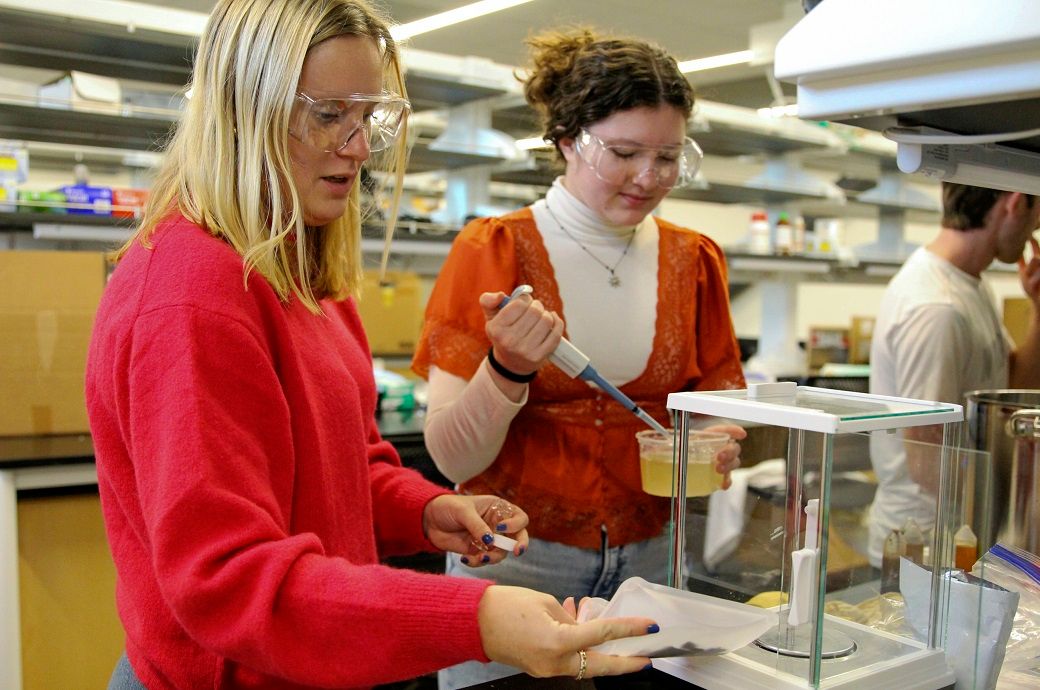
The team is extracting dye from pomegranate skins, Osage orange tree wood, black walnuts, and madder root. Those extracts are being freeze dried, frozen, refrigerated, incubated, and stored at room temperature, then applied to T-shirt material supplied by Solid State. The engineers will then compare and examine the differences in colouration and dye quality between those methods, mentioned Elon University’s website.
“The team expects that freeze-dried—or lyophilised—dye will likely prove to be the best method for preserving extracts over several seasons, due to the fact that the process removes water and reduces the chances of degradation,” said student and team project member Mary Hermes. “The lyophilising machine itself is expensive but is relatively energy efficient and has the capacity to process multiple types of dye at once.”
“At the end of the year, we want to present them with swatches of fabric and qualitative observations and results in colour after they are dyed using extracts preserved in all these different methods, and also compare that to dying fabric with extract that’s just been made,” said engineering student Vivian Krause. “That should inform their business processes for each of these dyes.” Krause is leading the team of third-year engineering majors, mentored by assistant professor of engineering Jonathan Su.
ALCHEMPro News Desk (NB)
Receive daily prices and market insights straight to your inbox. Subscribe to AlchemPro Weekly!